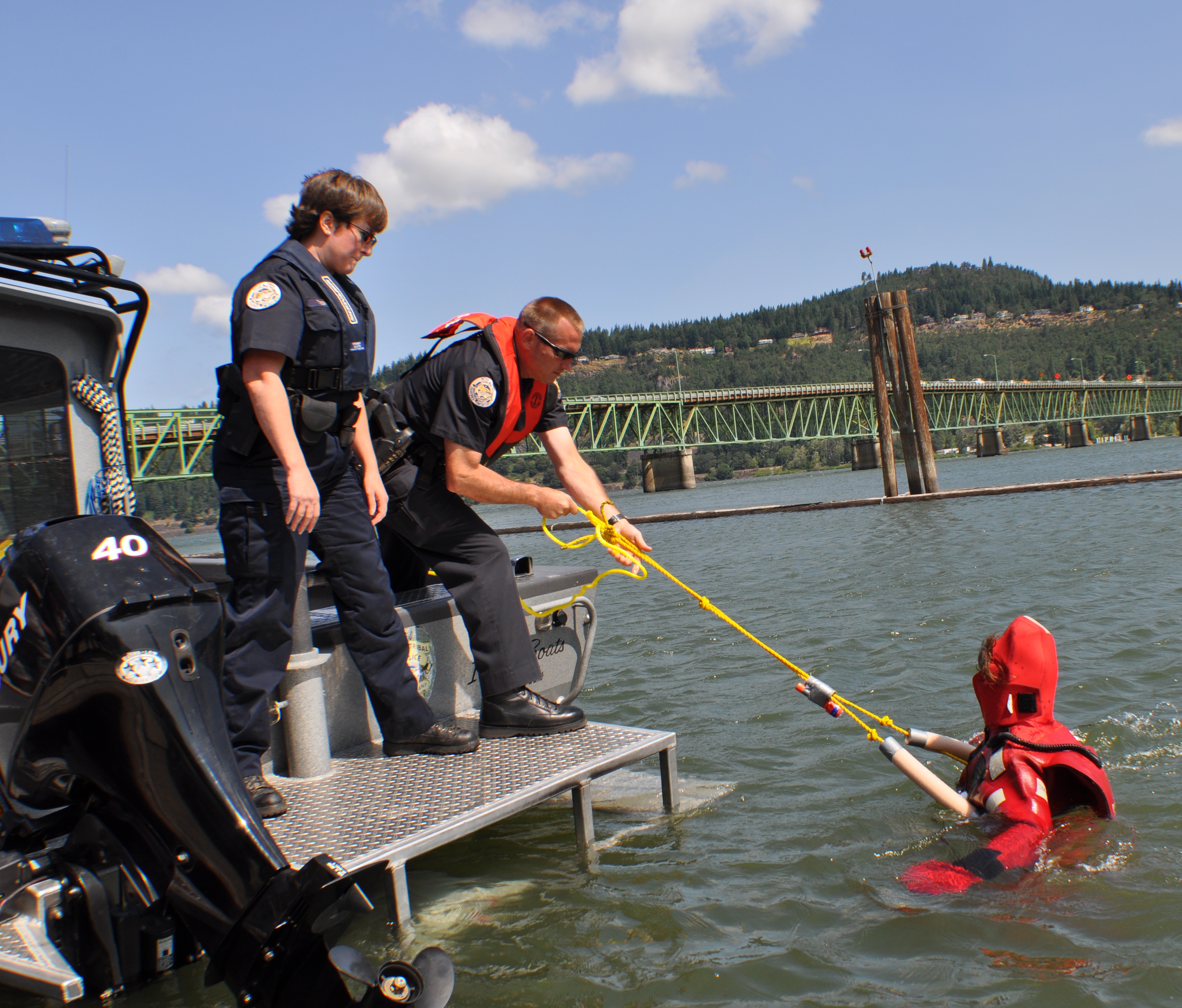Institutional Recommendation 11
Law Enforcement
Continue coordinated harvest enforcement and develop habitat protection enforcement.
Current Status
CRITFC Enforcement has commissions from all four member tribes, directing CRITFC officers to enforce tribal laws and regulations. The Bureau of Indian Affairs (BIA) assigned the responsibility for enforcing federal laws on in-lieu and treaty fishing access sites to CRITFC Enforcement in 2010. Officers also were trained by BIA and received Special Law Enforcement Commissions from BIA to enforce federal law, including its regulations for the fishing access sites. A new BIA 638 contract provides for two officers needed to handle increased demands.
CRITFC Enforcement maintains a 24-hour effort to enforce all fishing regulations and protect tribal fishing rights in a 150-mile stretch of the Columbia River from four miles below Bonneville Dam to McNary Dam (Zone 6). Officers also assist Indian fishers during times of need, protect archeological sites, protect tribal fishing sites from encroachment by non-Indians who come to use or even vandalize sites, and police the 31 tribal in-lieu and treaty fishing access sites along Zone 6 of the Columbia River.
All CRITFC officers serve as an extension of tribal law enforcement. The officers hold commissions from all four CRITFC member tribes, the BIA and are commissioned in Klickitat, Skamania, Wasco, Hood River, Umatilla, Sherman and Gilliam counties. Under Oregon Senate Bill 412, CRITFC officers are commissioned to enforce Oregon laws.
Assessment
Columbia Basin fisheries law enforcement agencies become more effective in protecting the fishery resource by continuing to enforce harvest and conservation regulations of the entities in a coordinated manner. Under the authority of U.S. v. Oregon and other various federal, state and tribal court rulings, the implementation of treaty fishing rights in the region requires recognition of the tribes’ desire to maintain jurisdiction of treaty fishing activities by members of the four treaty tribes.
This includes other public safety concerns directly related to treaty fishing activities, such as law and order at all usual and accustomed areas, including the in-lieu and treaty fishing access sites. In addition to archaeological resource protection for culturally sensitive areas in the basin, law enforcement must also be diligent in monitoring and reporting any environmental and habitat law violations that threaten the basin’s fishery resources.
New or Modified Action
Continue coordinated enforcement of harvest and conservation regulations as adopted by the federal, state and tribal entities of the region. The coordinated effort to protect fishery resources will also include an enforcement response to violations of environmental, habitat and archaeological laws.






